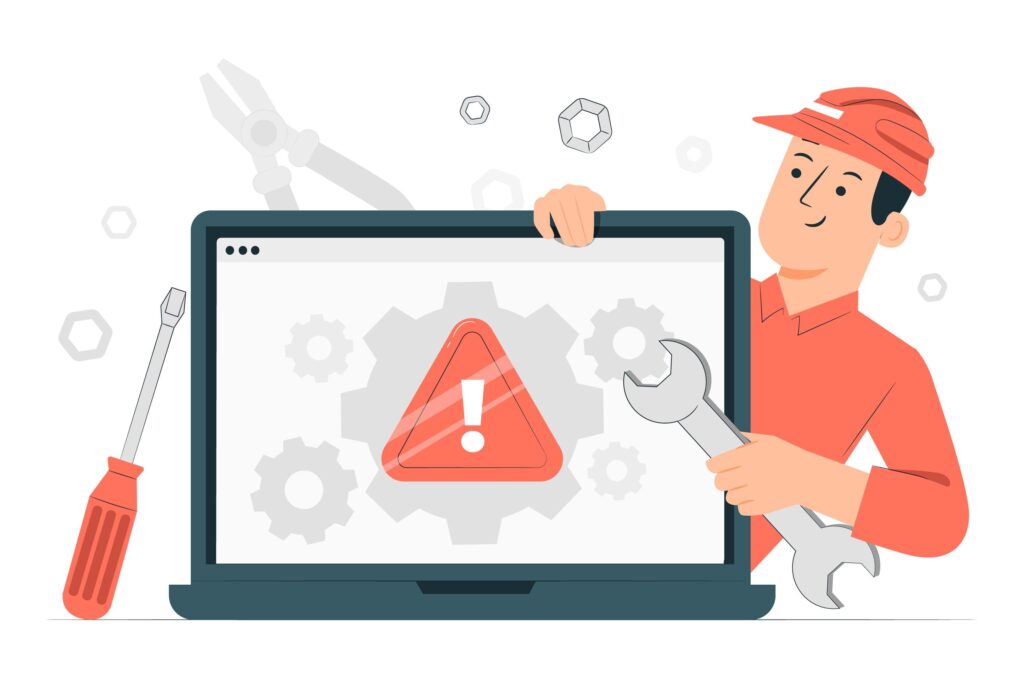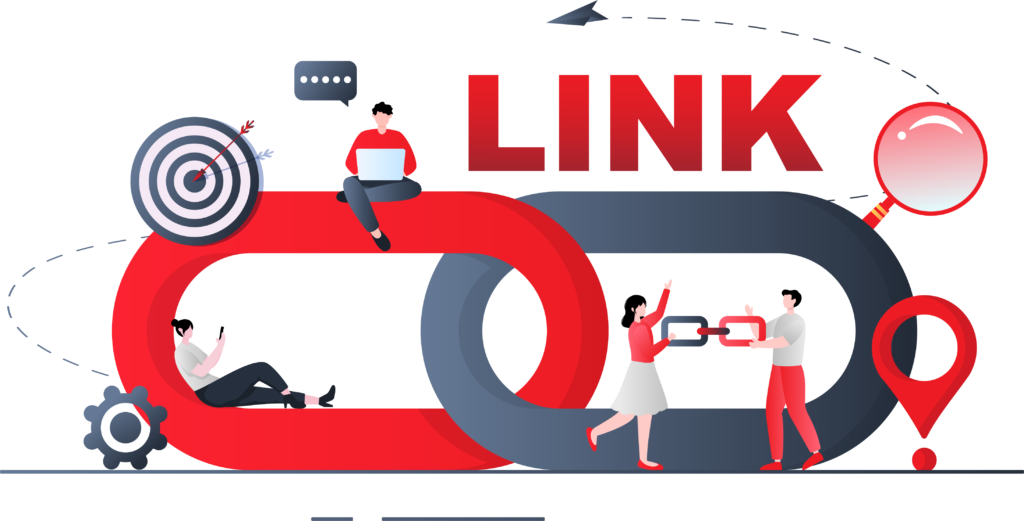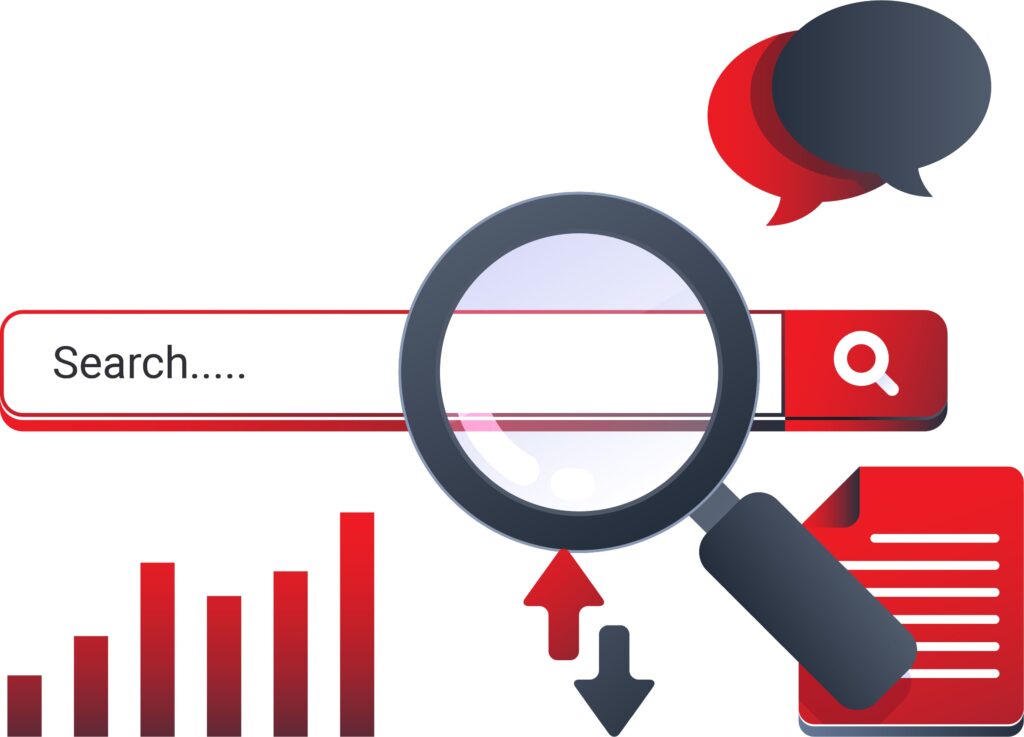Broken links, also known as dead links or link rot, refer to hyperlinks that no longer work and lead to non-existent or inaccessible web pages.
These links can occur due to several reasons, such as changes in website structure, deletion of web pages, expired domains, or incorrect URL entries. Broken links can negatively impact the user experience, search engine rankings, and overall website performance.
In this article, we will discuss broken links in detail, including their types, causes, and solutions.
Types Of Broken Links
There are two types of broken links:
1. Internal Broken Links
Internal broken links refer to hyperlinks within a website that are no longer functional. For example, if a website changes its structure, updates its URLs, or deletes a page, internal links that point to that page will become broken.
Internal broken links can be detected and fixed easily, and they have less severe consequences than external broken links.
2. External Broken Links
External broken links refer to hyperlinks from a website to another website that no longer works. External broken links can occur due to various reasons, such as changes in the external website structure, deletion of the external web page, or the external website domain that has expired.
External broken links are difficult to detect and fix, and they can have severe consequences on the website’s credibility and user experience.
Causes Of Broken Links
Broken links can occur due to various reasons, some of which are discussed below:
1. Changes In Website Structure
Websites often undergo structural changes, such as redesigns, updates, or reorganizations. These changes can affect the website’s URLs, making previously functional links no longer work.
2. Deletion Of Web Pages
Websites may delete pages for various reasons, such as outdated content, low traffic, or maintenance. If the deleted pages had hyperlinks pointing to them, those links would become broken.
3. Expired Domains
Domain names are subject to expiration if their owners fail to renew them. When a domain expires, all the web pages associated with that domain become inaccessible, resulting in broken links.
4. Incorrect URL Entry
Sometimes, users may enter URLs incorrectly, leading to broken links. This can occur when a user manually types a URL, copies and pastes a URL with errors, or clicks on a link that contains errors.
5. Linking To Non-Existent Pages
Websites may link to non-existent pages, such as pages that have not been created or have been deleted. This can lead to broken links and affect the user experience.
Consequences Of Broken Links
Broken links can have several consequences, such as:
1. Poor User Experience
Broken links can frustrate users and make them leave a website. Users may perceive broken links as a sign of neglect or incompetence on the website’s part, reducing their trust in the website.
2. Reduced Search Engine Rankings
Search engines, such as Google, use broken links as a factor in their ranking algorithms. Websites with many broken links may be penalized and rank lower in search results.
3. Wasted Crawl Budget
Search engines have a limited crawl budget, which they use to crawl and index web pages. Broken links can waste the crawl budget by leading to non-existent pages, reducing the search engine’s ability to crawl important pages on the website.
4. Lost Traffic
Broken links can result in lost traffic from both internal and external sources. Internal users may leave a website due to frustration, and external users may be deterred from clicking on links leading to the website.
Solutions For Broken Links

There are several solutions for broken links, including:
1. Regularly Check For Broken Links
Websites should regularly check for broken links using tools such as Google Search Console, Broken Link Checker, or Ahrefs. These tools can detect broken links and provide information on where they are located on the website. Once identified, website owners can take steps to fix the broken links.
2. Use Proper URL Structure
Website owners should use a proper URL structure that is easy to understand and maintain. URLs should be descriptive and concise, and they should not contain special characters or spaces. This can help prevent broken links from occurring due to changes in website structure.
3. Redirect Broken Links
If a page has been deleted or moved, website owners should redirect the old URL to a new URL using a 301 redirect. This ensures that users who click on the old link are redirected to the new page and do not encounter a broken link.
4. Use A Content Management System (CMS)
A CMS such as WordPress or Drupal can automatically update internal links when website structure changes occur. This can help prevent internal broken links from occurring.
5. Avoid Linking To Non-Existent Pages
Website owners should avoid linking to non-existent pages or pages that have not been created yet. This can help prevent broken links from occurring and reduce frustration for users.
6. Regularly Update Content
Websites should regularly update their content to ensure that all links are up-to-date and functional. This can help prevent broken links from occurring due to outdated content.
Conclusion
Broken links are hyperlinks that no longer work and lead to non-existent or inaccessible web pages. They can occur due to various reasons such as changes in website structure, deletion of web pages, expired domains, incorrect URL entry, or linking to non-existent pages.
Broken links can negatively impact the user experience, search engine rankings, and overall website performance. Website owners should regularly check for broken links, use proper URL structure, redirect broken links, use a CMS, avoid linking to non-existent pages, and regularly update content to prevent broken links from occurring.
By taking these steps, website owners can ensure that their website provides a positive user experience, ranks well in search engine results, and performs optimally.
Read Also
- What is Link building?
- What Are High-Quality Backlinks And Low-Quality Backlinks?
- What Are The Types Of Backlinks In SEO?




